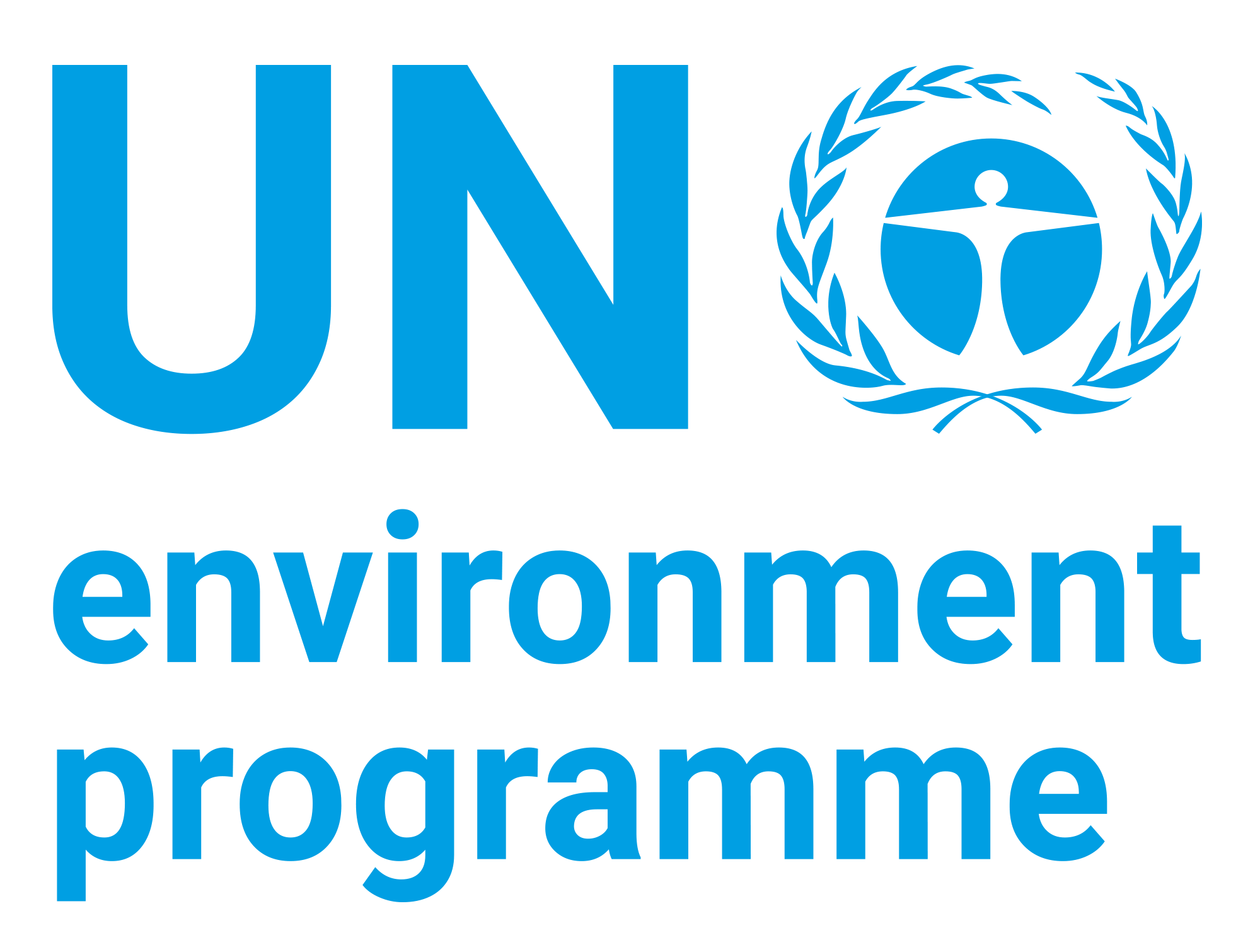| dc.contributor | Ecosystems Division | en_US |
| dc.contributor.author | United Nations Environment Programme | en_US |
| dc.contributor.author | World Health Organization | en_US |
| dc.contributor.author | Water Supply & Sanitation Collaborative Council | en_US |
| dc.contributor.other | Helmer, Richard | en_US |
| dc.contributor.other | Hespanho, Ivanildo | en_US |
| dc.coverage.spatial | India | en_US |
| dc.coverage.spatial | China | en_US |
| dc.coverage.spatial | Nigeria | en_US |
| dc.coverage.spatial | Brazil | en_US |
| dc.coverage.spatial | Philippines | en_US |
| dc.coverage.spatial | Cyprus | en_US |
| dc.coverage.spatial | Jordan | en_US |
| dc.coverage.spatial | Russian Federation | en_US |
| dc.coverage.spatial | Yemen | en_US |
| dc.coverage.spatial | Mexico | en_US |
| dc.date.accessioned | 2020-08-04T08:40:22Z | |
| dc.date.available | 2020-08-04T08:40:22Z | |
| dc.date.issued | 1997 | |
| dc.identifier.isbn | 0 419 22910 8 | en_US |
| dc.identifier.uri | https://wedocs.unep.org/20.500.11822/33367 | |
| dc.description | Water pollution control is clearly one of the most critical of those challenges. Without
urgent and properly directed action, developing countries face mounting problems of
disease, environmental degradation and economic stagnation, as precious water
resources become more and more contaminated. At the Earth Summit in Rio de Janeiro
in June 1992, world leaders recognised the crucial importance of protecting freshwater
resources. Chapter 18 of Agenda 21 sees "effective water pollution prevention and
control programmes" as key elements of national sustainable development plans. | en_US |
| dc.description.uri | https://www.unenvironment.org | en_US |
| dc.format | Text | en_US |
| dc.language | English | en_US |
| dc.rights | Public | en_US |
| dc.subject | water quality | en_US |
| dc.subject | pollution control | en_US |
| dc.subject | water policy | en_US |
| dc.subject | water pollution | en_US |
| dc.subject | water resource | en_US |
| dc.subject | water reuse | en_US |
| dc.subject | wastewater | en_US |
| dc.subject | water treatment | en_US |
| dc.subject | groundwater | en_US |
| dc.subject | sewage | en_US |
| dc.subject | transboundary pollution | en_US |
| dc.subject | transboundary water pollution | en_US |
| dc.subject | case study | en_US |
| dc.subject | India | en_US |
| dc.subject | China | en_US |
| dc.subject | Nigeria | en_US |
| dc.subject | Philippines | en_US |
| dc.subject | Brazil | en_US |
| dc.subject | Mexico | en_US |
| dc.subject | Russia | en_US |
| dc.subject | Cyprus | en_US |
| dc.subject | Jordan | en_US |
| dc.subject | Yemen | en_US |
| dc.title | Water Pollution Control - A Guide to the Use of Water Quality Management Principles | en_US |
| dc.type | Manuals, Guides and Toolkits | en_US |
| dc.type | Reports, Books and Booklets | en_US |
| wd.identifier.sdg | SDG 3 - Good Health and Well-Being | en_US |
| wd.identifier.sdg | SDG 6 - Clean Water and Sanitation | en_US |
| wd.identifier.sdg | SDG 14 - Life below Water | en_US |
| wd.identifier.sdg | SDG 15 - Life on Land | en_US |





